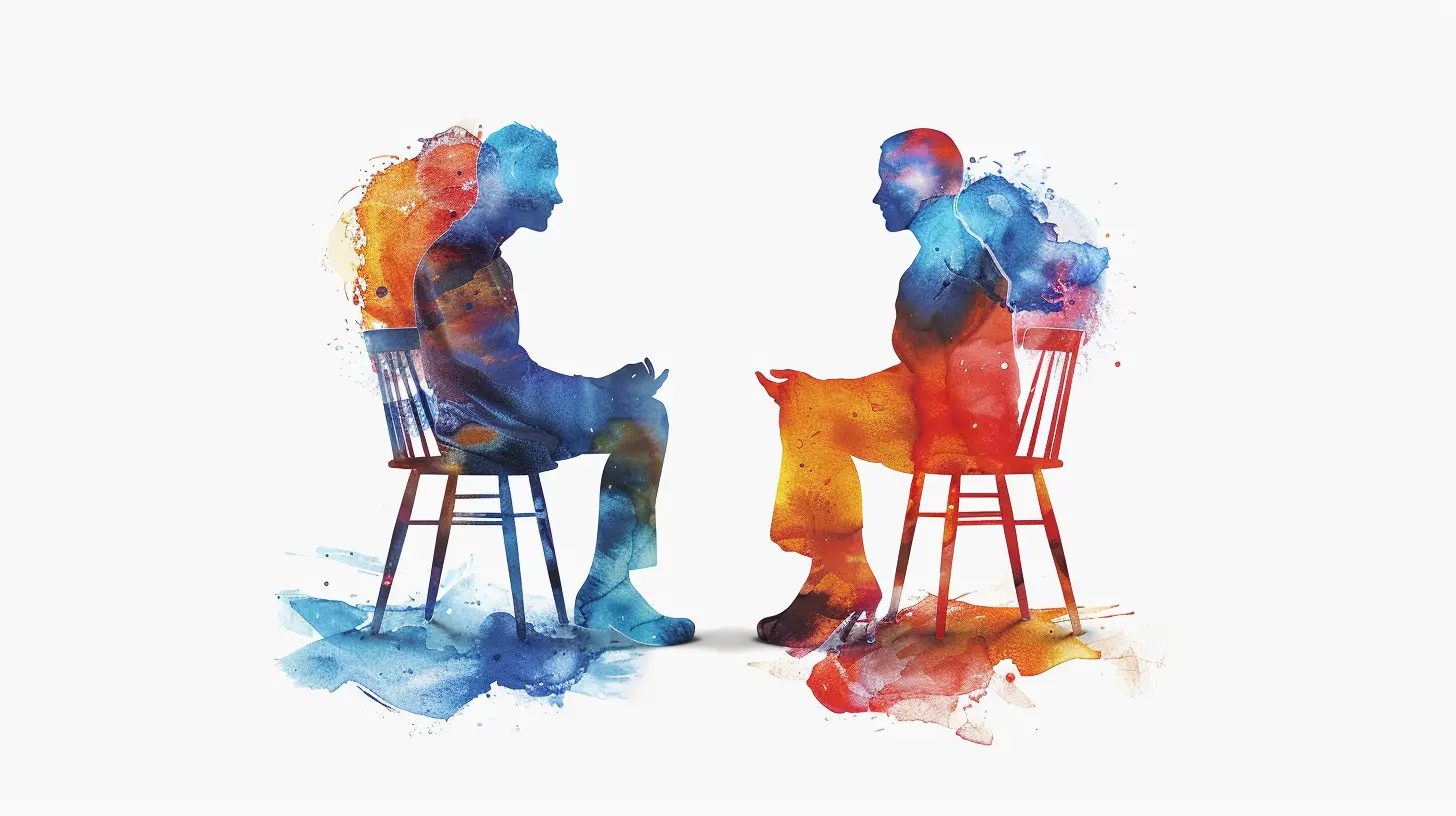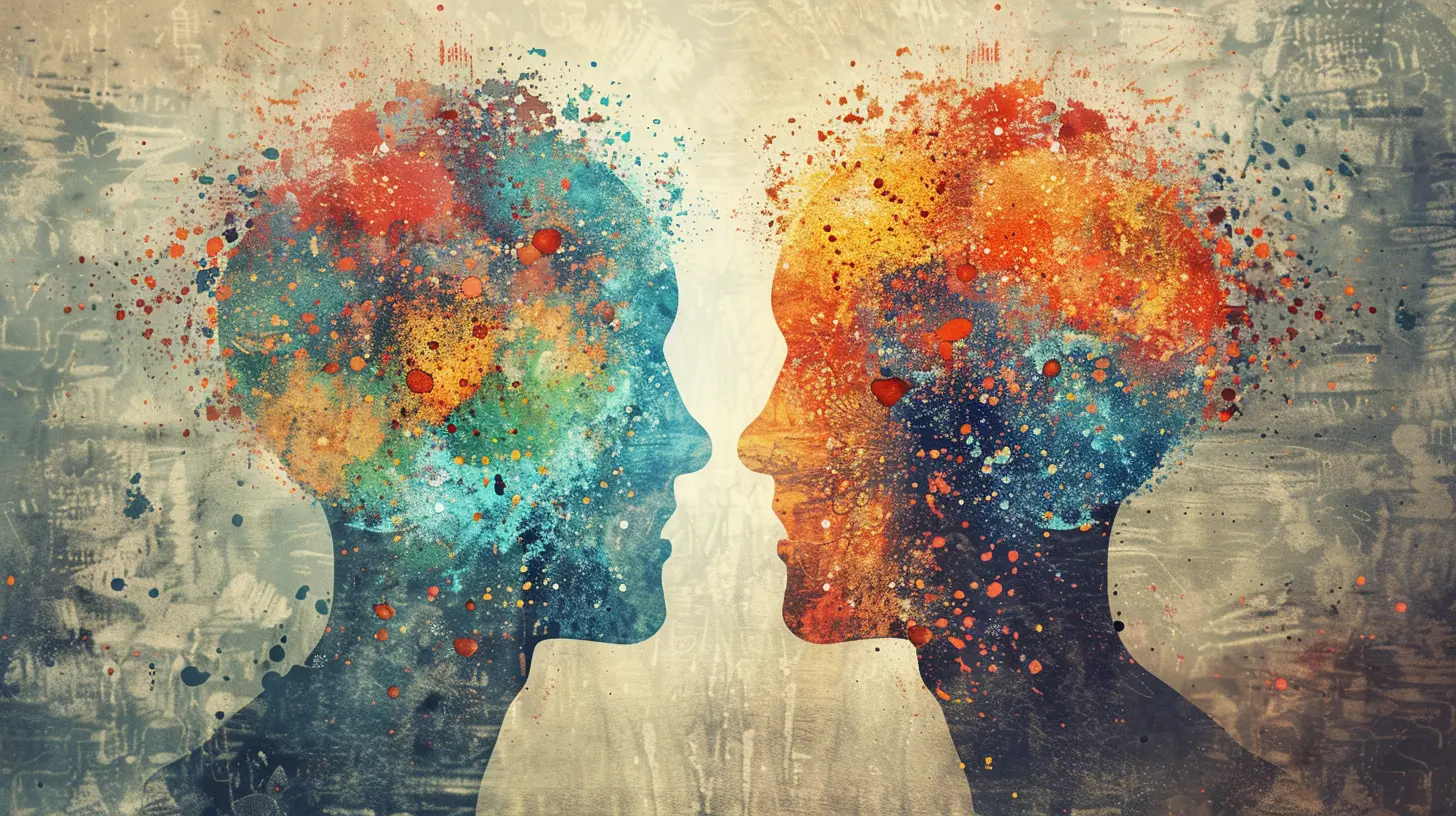4 March 2025
When you think of therapy, what’s the first thing that comes to mind? A comfy couch? A box of tissues? Maybe a psychologist with a clipboard? While all these things have become symbolic of therapy, they’re just props in the grander scheme of what actually makes therapy work. One of the most crucial, yet often overlooked, elements in a successful therapeutic process is something known as the therapeutic alliance.
But what is the therapeutic alliance? And why is it so important? If you’ve ever wondered how therapists help people navigate the complexities of their minds, this is where it all starts. In this article, we’ll dive deep into the therapeutic alliance, exploring its significance and why it’s the foundation for effective therapy.

What Is the Therapeutic Alliance?
The therapeutic alliance is essentially the relationship between a therapist and their client. But don’t be fooled into thinking it’s just a simple connection like any other. This relationship is built on trust, mutual respect, and cooperation. It's the glue that holds the therapeutic process together.Imagine you’re embarking on a long, challenging hike up a mountain. The therapist is your guide, but for the journey to be successful, you both need to trust each other. You need to trust that your guide knows the way, and the guide needs to trust that you’re willing to follow, even when the path gets rocky. That’s the therapeutic alliance in a nutshell—both parties need to work together to reach the summit (or, in this case, personal growth and healing).
The Core Components of the Therapeutic Alliance
So, what makes this alliance so special? It’s not just about being friendly or having a good rapport. Researchers have broken down the therapeutic alliance into three key components:1. Agreement on Goals
Both the client and therapist need to be on the same page regarding what they’re working toward. Whether it’s improving mood, reducing anxiety, or processing trauma, both parties need to agree on what the desired outcome is.
2. Agreement on Tasks
Once the goals are set, you need to agree on how to achieve them. This includes the methods, techniques, and therapeutic approaches that will be used. Think of it like planning the route for that mountain hike—do you take the steep but quick path, or the longer, more gradual one?
3. The Bond
This is the emotional connection between therapist and client. It’s built on trust, empathy, and understanding. Without this bond, the therapeutic process can feel mechanical and impersonal, reducing its effectiveness.
Why Is the Therapeutic Alliance So Important?
Now that we know what the therapeutic alliance is, let’s talk about why it’s so vital. Think about it—therapy is an intimate and often vulnerable process. You’re sharing your deepest thoughts, fears, and emotions with another person. If you don’t feel safe, understood, or supported, how likely are you to open up fully? Not very, right?1. Trust is Everything
Without trust, therapy simply doesn’t work. The therapeutic alliance creates a safe space where clients feel comfortable being honest and vulnerable. When clients trust their therapist, they’re more likely to stick with the process, even when it gets tough. They’re also more likely to follow through on recommended actions or exercises outside of sessions.2. It Enhances Motivation
The therapeutic alliance is also a powerful motivator. When clients feel like their therapist is genuinely invested in their well-being, they’re more likely to stay engaged and motivated to make progress. It’s like having a workout buddy—someone who encourages you to keep going, even when you feel like giving up.3. It Reduces Dropout Rates
Many people start therapy but don’t finish it. In fact, research shows that a significant number of clients drop out of therapy after just a few sessions. One of the main reasons? A poor therapeutic alliance. When clients don’t feel connected to their therapist or feel like they’re not being heard, they’re more likely to quit therapy altogether.4. Better Outcomes
Numerous studies have shown that a strong therapeutic alliance is linked to better outcomes in therapy. Clients who feel a strong connection with their therapist are more likely to see improvements in their mental health. In other words, the quality of the therapeutic relationship can be just as important—if not more so—than the specific techniques or interventions used in therapy.
Building a Strong Therapeutic Alliance: What Therapists Do
So, how exactly do therapists build this all-important alliance? It’s not as simple as just being nice or nodding empathetically. There are specific skills and approaches that therapists use to foster this connection.1. Active Listening
At the heart of a strong therapeutic alliance is the ability to listen—really listen. Active listening isn’t just about hearing the words a client is saying; it’s about understanding the emotions and experiences behind those words. Therapists use techniques like reflecting, paraphrasing, and summarizing to show that they’re fully engaged in what the client is sharing.2. Empathy
Empathy is the ability to put yourself in someone else’s shoes. A therapist who can empathize with their client’s struggles is more likely to build a strong connection. This doesn’t mean that the therapist has to have experienced the exact same things as the client—but they do need to be able to understand and validate the client’s feelings.3. Non-Judgmental Attitude
One of the key reasons people seek therapy is to have a space where they can express themselves without fear of judgment. A good therapist creates an environment where clients feel free to share their thoughts and feelings without worrying about being criticized.4. Consistency and Reliability
Therapists also build trust by being consistent and reliable. This means showing up for sessions on time, following through on commitments, and maintaining professional boundaries. Consistency helps clients feel secure and reinforces the idea that their therapist is someone they can count on.
The Client’s Role in the Therapeutic Alliance
While therapists play a big role in building the therapeutic alliance, it’s a two-way street. Clients also have responsibilities when it comes to fostering a strong alliance.1. Open Communication
One of the best ways to build a strong therapeutic alliance is to communicate openly and honestly with your therapist. If something isn’t working for you, or if you don’t feel comfortable with a particular approach, it’s important to speak up. Therapists aren’t mind readers—they rely on feedback to make sure they’re meeting your needs.2. Engagement in the Process
Therapy isn’t a passive process. It requires active participation from the client. This means being willing to explore difficult emotions, reflect on experiences, and try out new ways of thinking and behaving. The more engaged you are, the stronger the alliance will become.3. Trusting the Process
Therapy is often described as a journey, and like any journey, it can have its ups and downs. There may be times when things feel like they’re getting worse before they get better. Trusting the process—and trusting your therapist—can help you get through the tough times and stay committed to the work.Challenges in Building a Therapeutic Alliance
Let’s be real—building a strong therapeutic alliance isn’t always easy. Sometimes, clients and therapists simply don’t “click.” Other times, external factors like cultural differences, language barriers, or personal biases can get in the way.1. Cultural and Social Barriers
Therapists and clients come from diverse backgrounds, and sometimes these differences can create challenges in building a strong alliance. For instance, a client from a collectivist culture may feel uncomfortable with a therapist who emphasizes individualism. In these cases, it’s important for both parties to acknowledge and address these differences openly.2. Transference and Countertransference
In the therapeutic context, transference refers to when a client projects feelings or attitudes from previous relationships onto their therapist. For example, a client might start to see their therapist as a parental figure. Countertransference happens when a therapist projects their own feelings onto the client. While these dynamics can sometimes complicate the therapeutic alliance, they can also provide valuable insights if handled correctly.3. Trust Issues
Some clients come to therapy with deep-rooted trust issues, which can make it difficult to form a strong alliance. In these cases, building trust may take longer, and the therapist will need to be especially patient and understanding.Conclusion: The Power of the Therapeutic Alliance
In the world of therapy, the therapeutic alliance is the unsung hero. While techniques and interventions are important, it’s the quality of the relationship between therapist and client that often determines the success of therapy. A strong alliance creates a safe, supportive space where clients can explore their thoughts and emotions, work toward their goals, and ultimately, find healing.Whether you’re a client currently in therapy or someone considering it, remember this: the therapeutic alliance is a collaborative effort. Both the therapist and the client have a role to play in building and maintaining this vital connection. And when it’s done right, magic happens.









Zephyrine Barker
The therapeutic alliance is crucial as it fosters trust and collaboration, enhancing client engagement and facilitating deeper emotional exploration, ultimately leading to more effective therapeutic outcomes.
April 5, 2025 at 2:57 PM